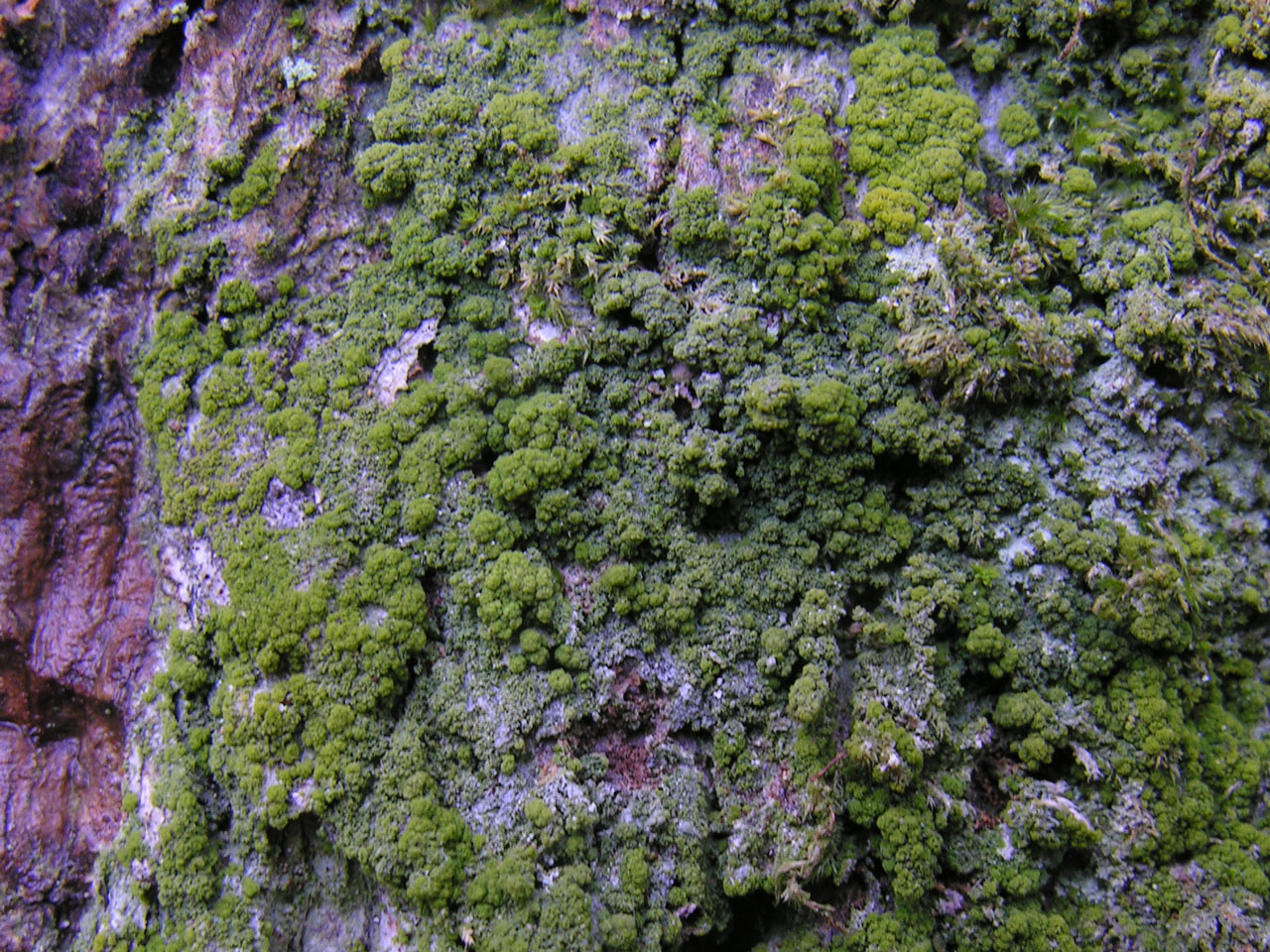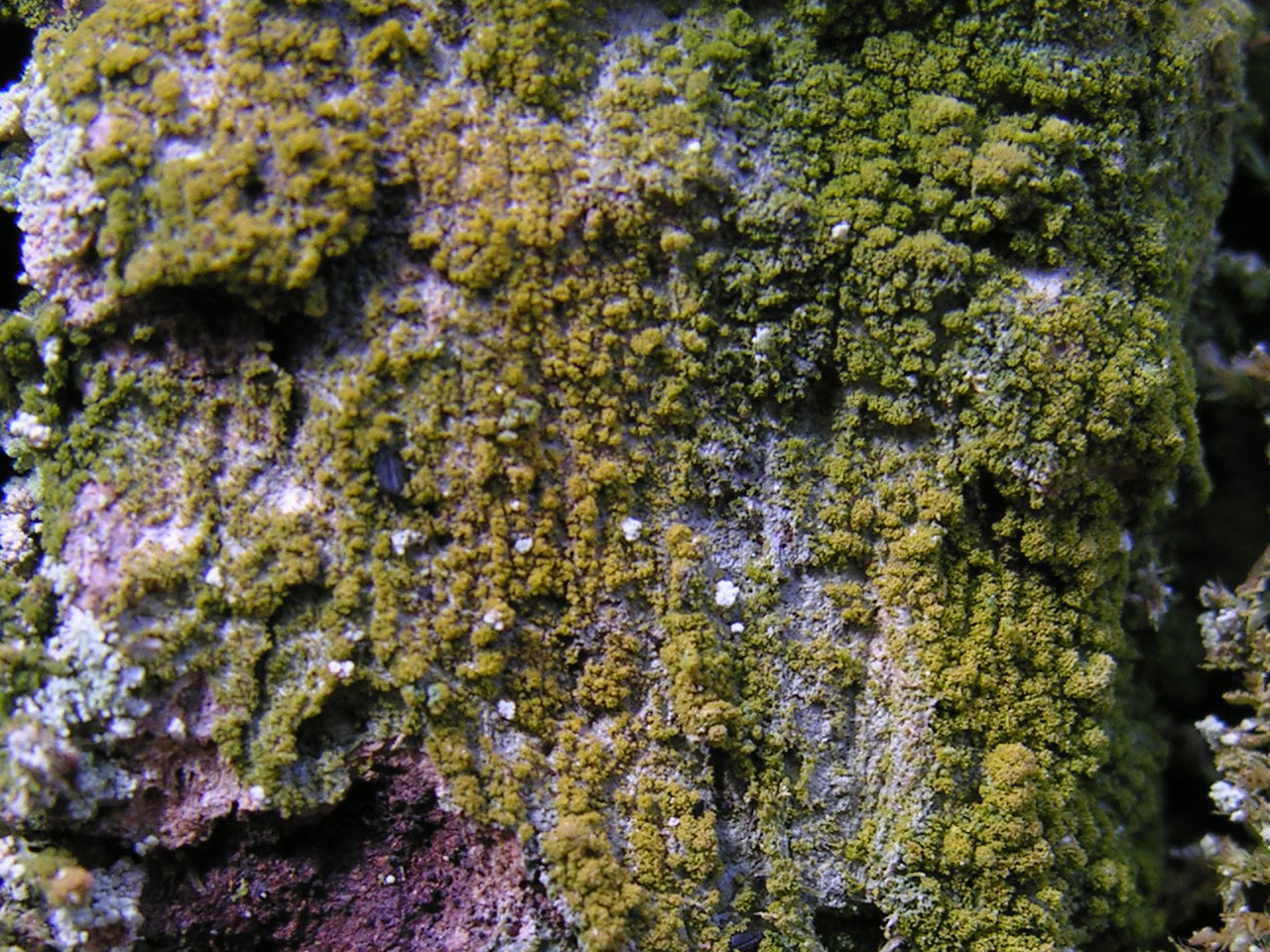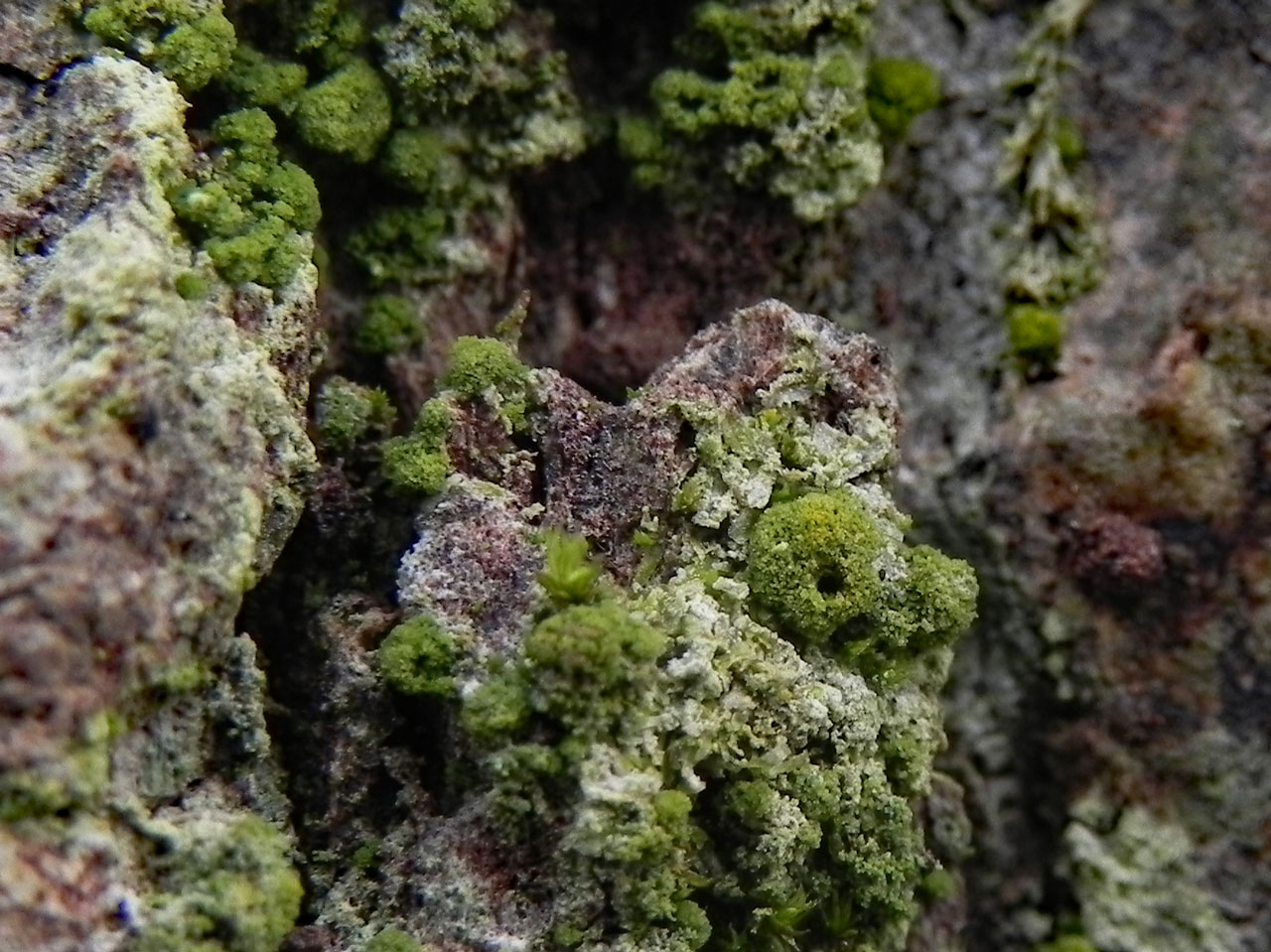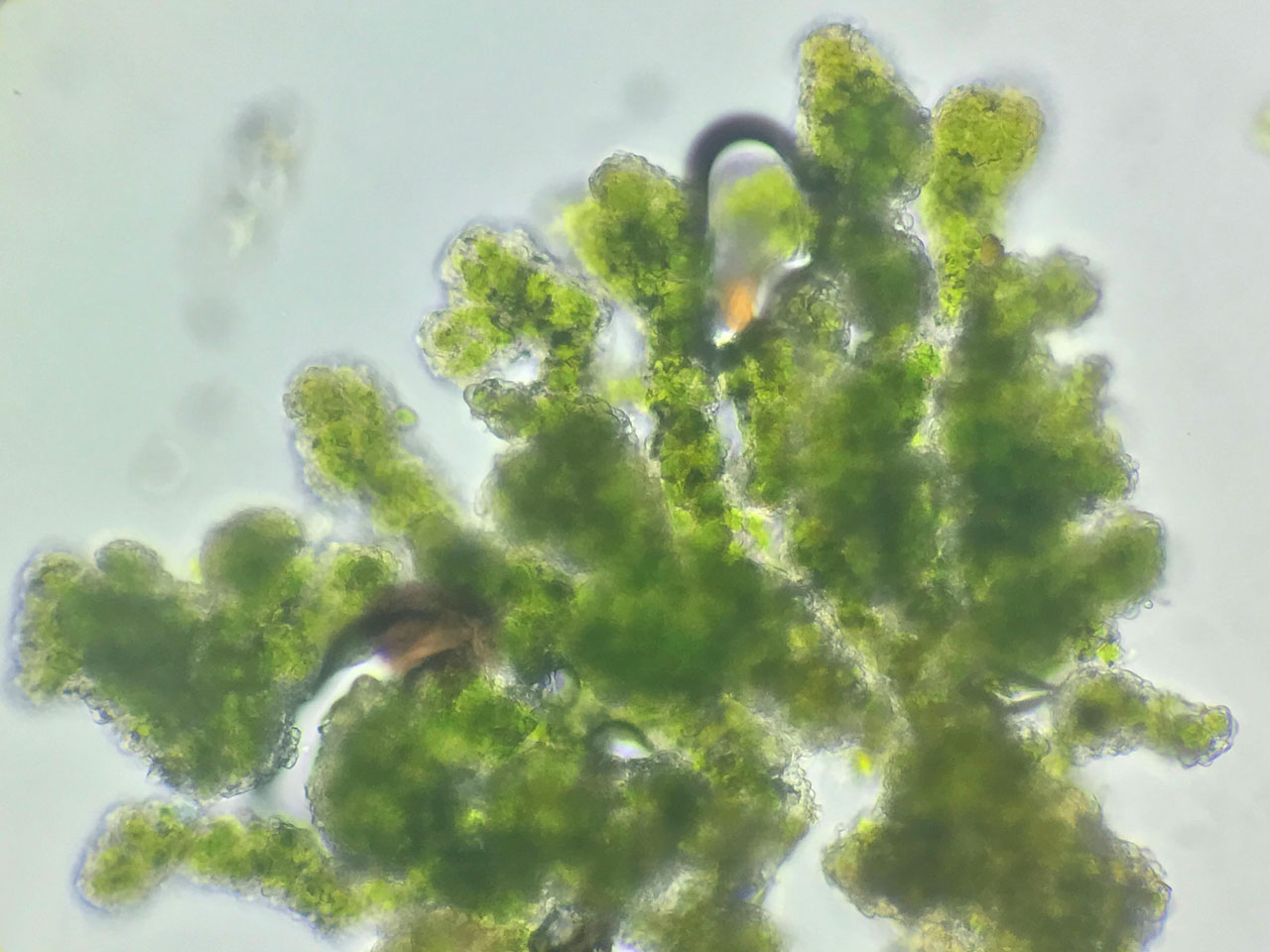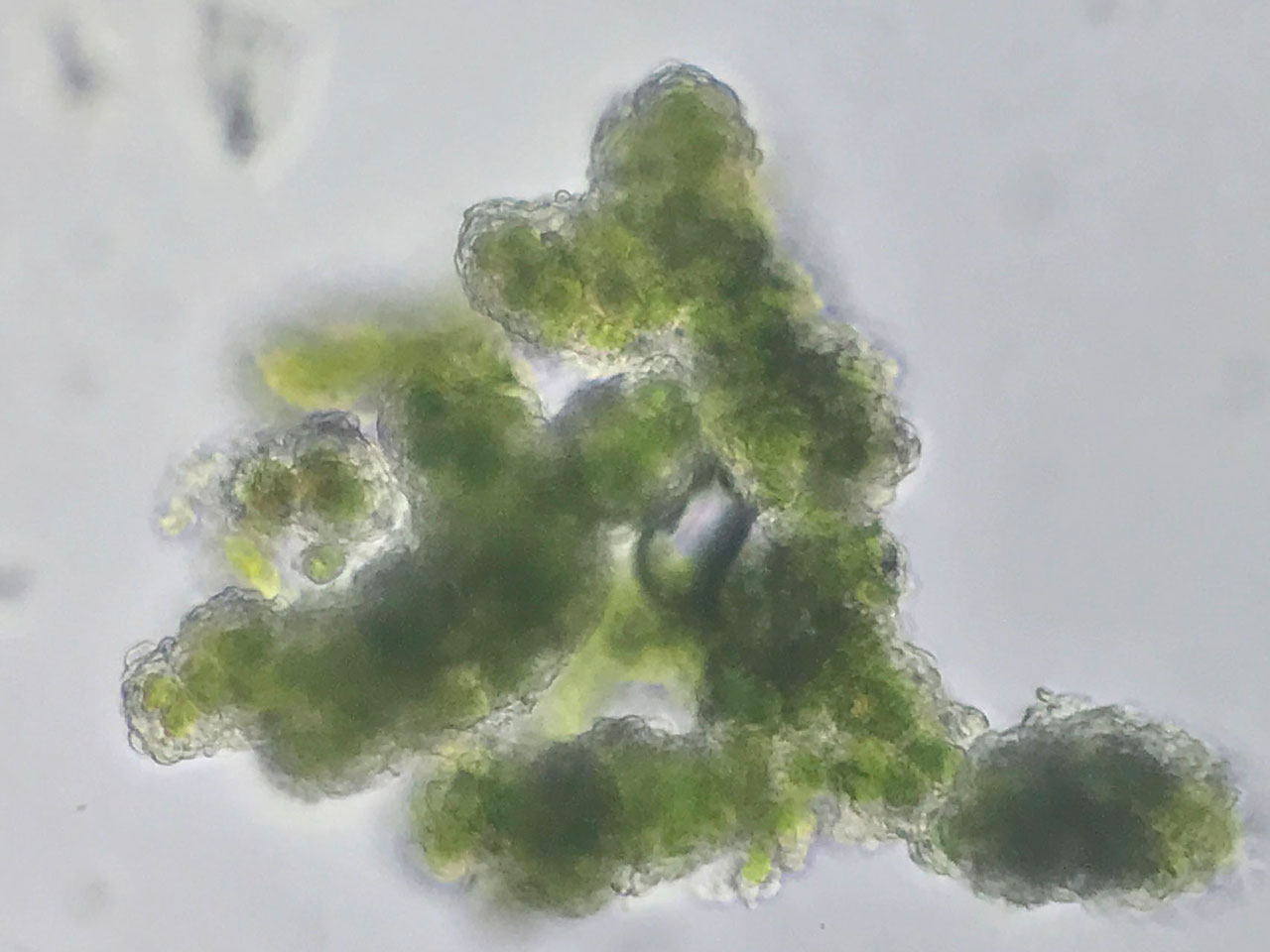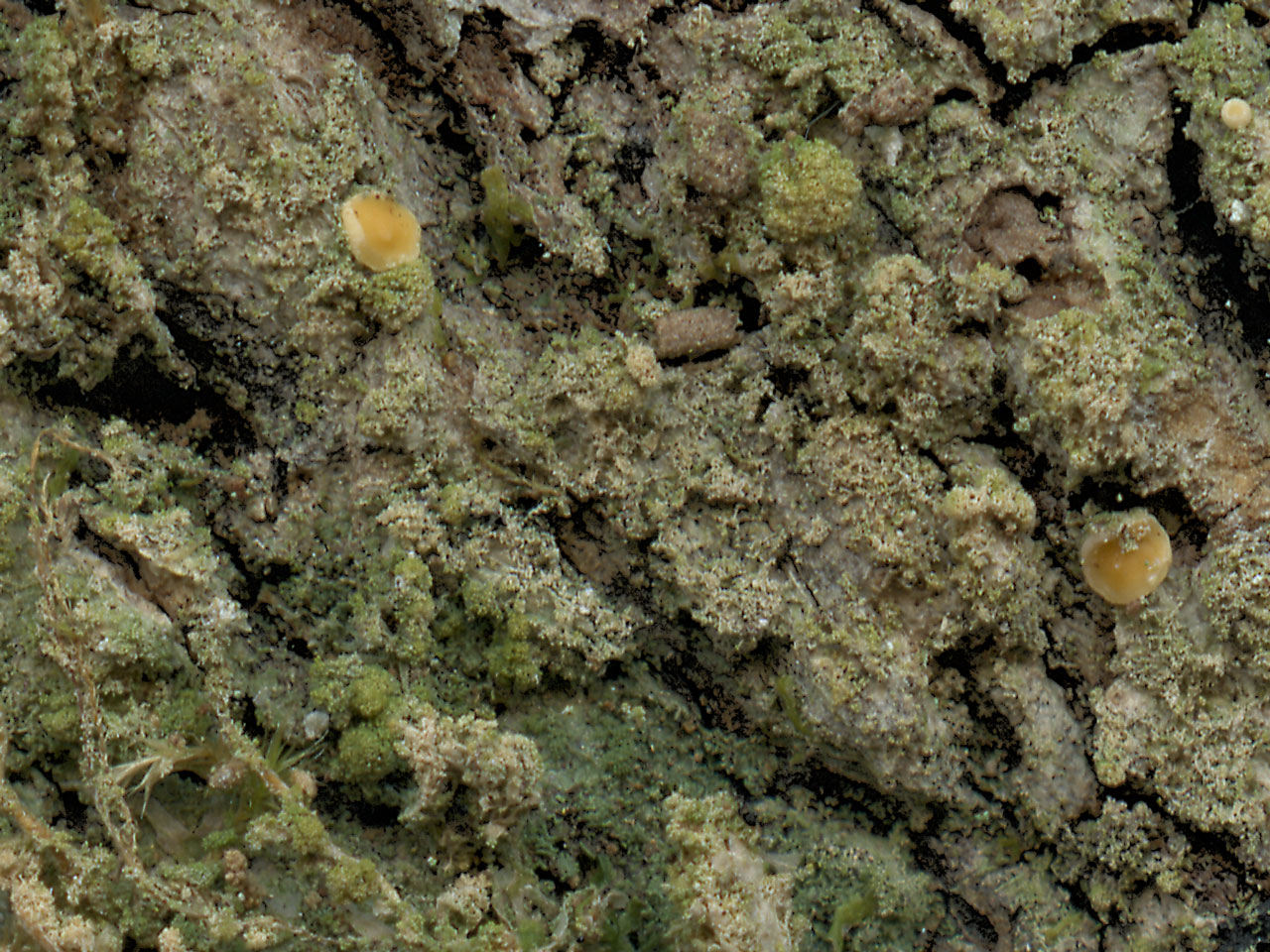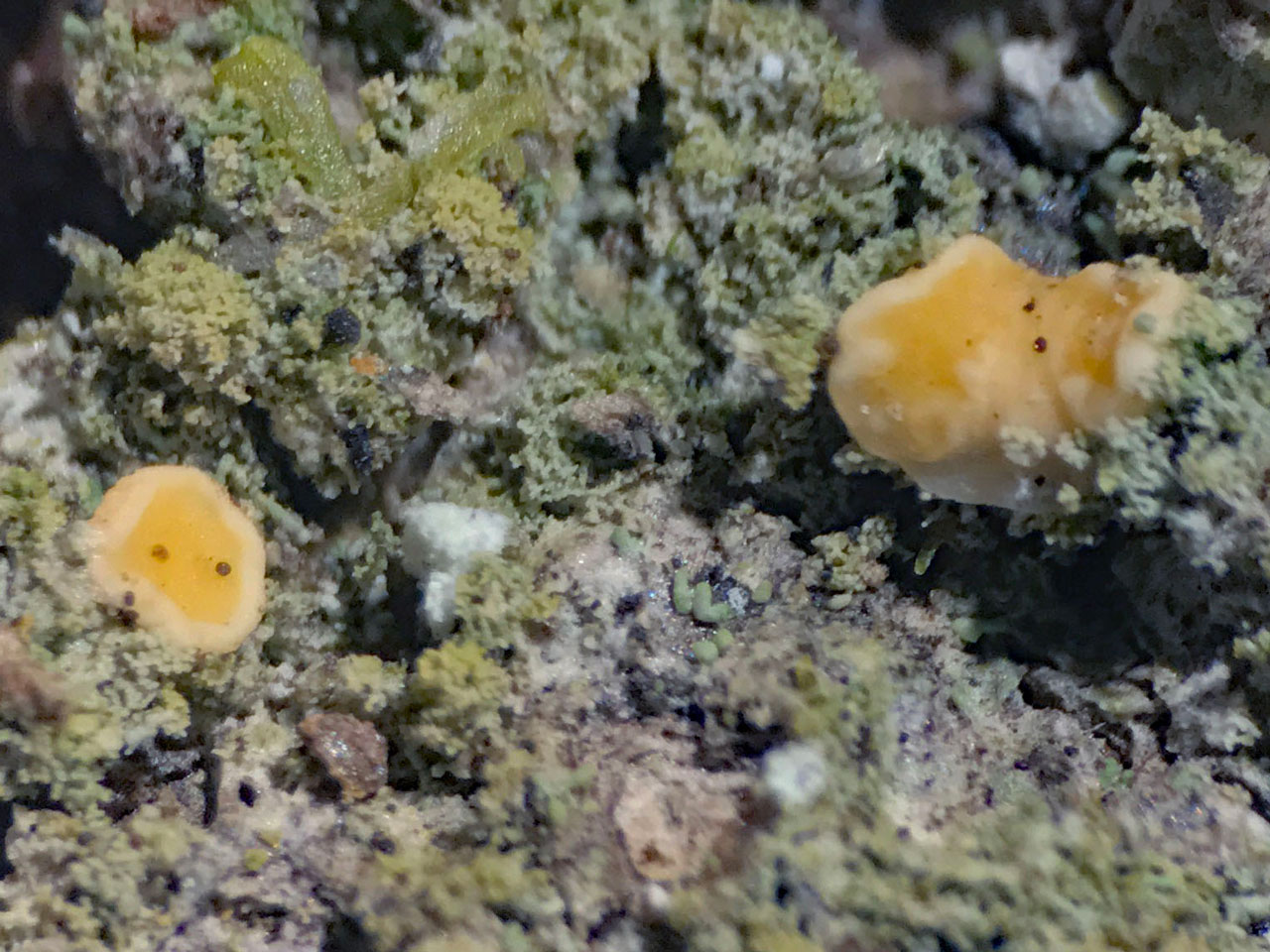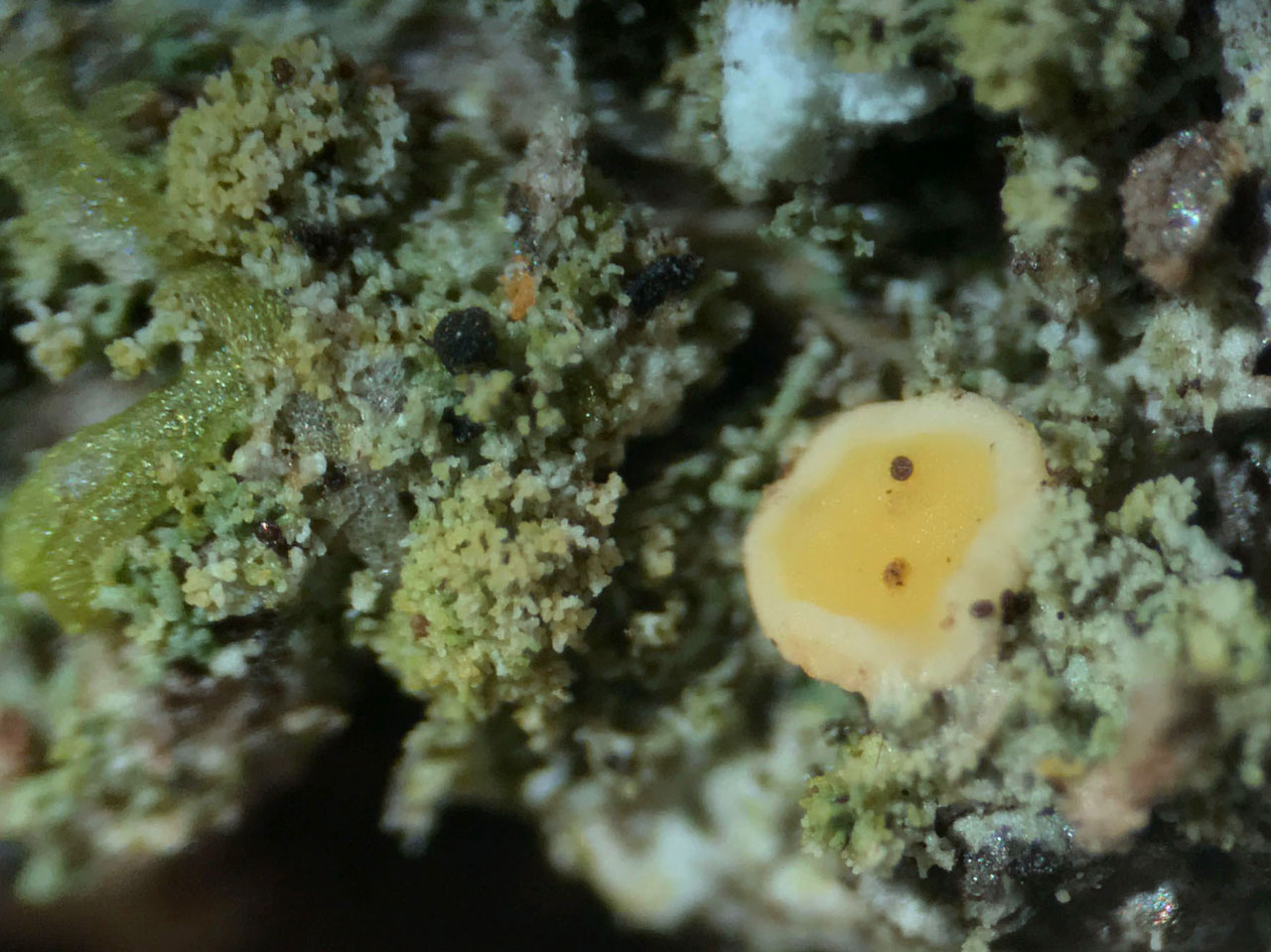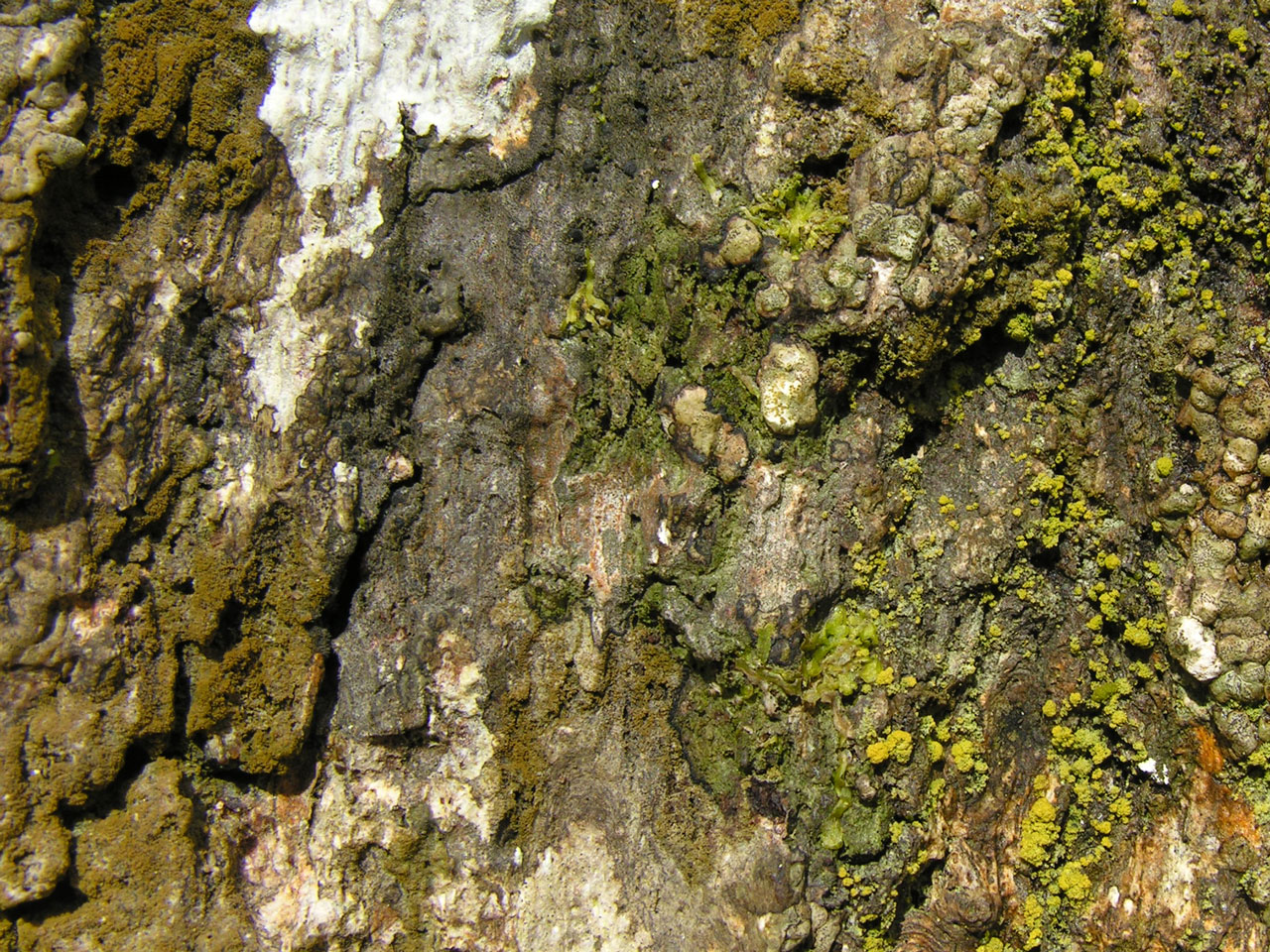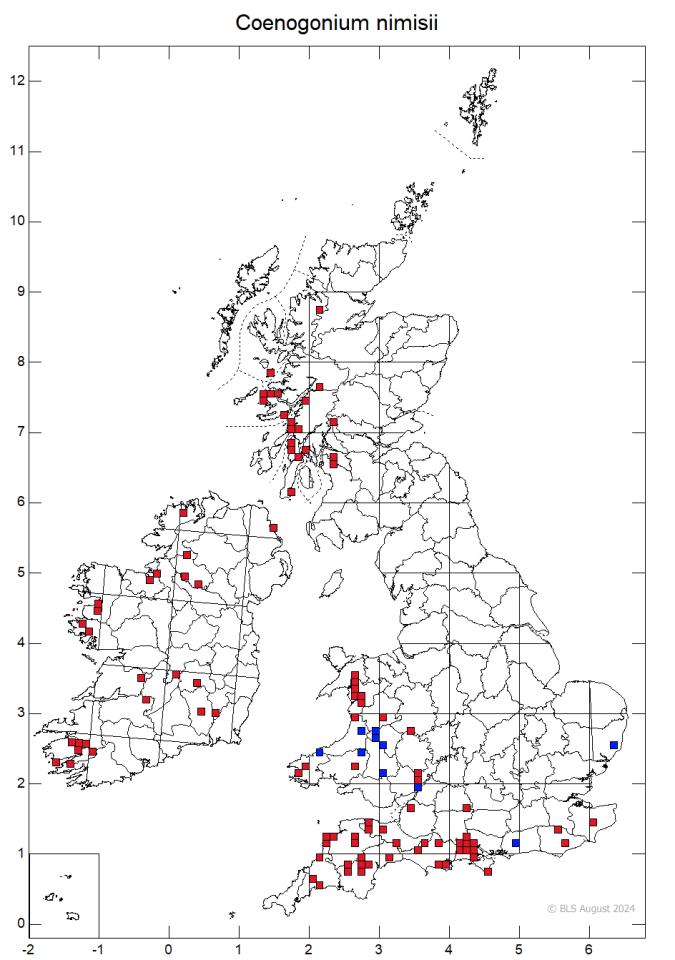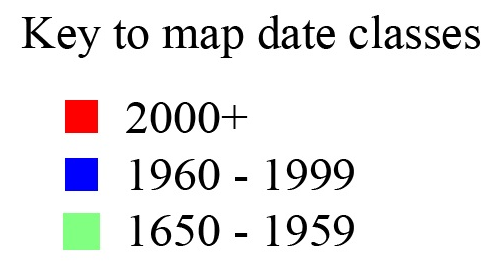As part of a month of activities to celebrate the contributions of Frank Dobson, this is a special one-day commemorative field meeting in Surrey where Frank did so much lichen recording. Please ‘book’ by emailing Andy Cross (andymcross@gmail.com) see below.
BLS members are invited to explore lichens in and around Hampton Park with kind permission of the owner. The old trees in the open park areas and on ancient boundaries within the park are of especial interest. There will also be an opportunity to visit nearby Puttenham Common which has young woodland and a small amount of acid grassland. Permission is also being sought to look at lichens in Seale Churchyard. These sites provide a wide and interesting mosaic of habitats to explore. The meeting will be an excellent way for everyone, from expert to beginner, to celebrate Frank’s life by contributing valuable records and by learning from others.
The meeting will be based at Myrtle Court in the grounds of Hampton Park.
The Hampton Park estate is south of the A31 Farnham-Guildford Road. If coming from Guildford on the A31, take the turning to Puttenham, if coming from Farnham, take the turning to Seale. The estate is north of Lower Puttenham Common and its entrance is on the road from The Sands to Shackleford at SU907456.
Use the postcode GU10 1JH for satellite navigation. Drive past 'The Warren' and follow signs to Myrtle Court (at SU904461). The car-park is behind the building.
Pick up can be arranged from Guildford Rail Station at 10.00. With return to the station by 16.30. Please book a lift when booking to attend the event (see bottom of page). Absolute deadline for booking of transport: 17th August.
Programme:
|
10.30
|
Begin gathering at Myrtle Court with time to meet old friends and introduce yourself to new ones.
|
|
11.00
|
Short talks inc. A brief introduction to the history and ecology of Hampton Park.
|
|
11.30
|
Split into groups to go out into the field.
There will be experienced BLS members available to lead groups who would prefer to concentrate on more common lichens.
|
|
15.00
|
Return to Myrtle court to talk about lichens seen, and for tea, cake, chat and a sales stall.
|
|
16.00
|
End of event and lifts to the station.
|
A sales stall will be open from 15.00 to 16.00 including an opportunity to buy Clare Dolby posters with no postage costs. If any BLS member is running talks or walks for the public later in August or later in the year, there will also be an opportunity to pick up resources. (Please email Fay Newbery at vice-president@britishlichensociety.org.uk to find out what is available and what might suit your event. Only booked resources will be brought to Hampton Park.)
To help us to judge numbers (and to supply enough cake!) please ‘book’ by letting Andy Cross (andymcross@gmail.com) know that you are intending to come. If you would like to bring a non-BLS member as a guest, please request this via Andy, as numbers may need to be limited if this proves to be a very popular event – which we hope it will!


